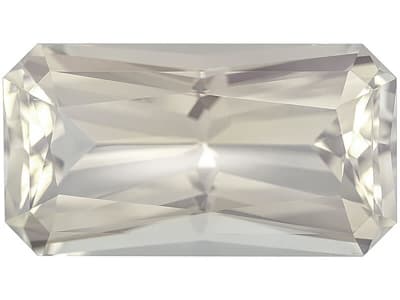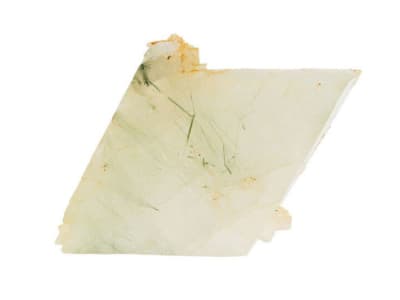Adularia is a variety of feldspar found in hydrothermal veins in mountainous areas, from one of which it derives its name: the Adular Mountains of Switzerland. It commonly forms as colorless to white, cream, pale yellow to pink, or reddish-brown, glassy, prismatic, twinned crystals. These transparent to colorless gems often display a white to blue sheen.
General Information
LWUV: Inert to weak blue or pink
Adularia Colors
-
 Colorless
Colorless -
 Colorless
Colorless -
 Colorless
Colorless
Countries of Origin
Papua New Guinea; Kazakhstan; Portugal; Iceland; Greece; Austria; Mongolia; Korea (the Republic of); Morocco; Unknown; Panama; Brazil; Guatemala; Algeria; Jersey; Slovenia; Chile; Nepal; Ecuador; Argentina; Hungary; Japan; Ukraine; Taiwan (Province of China); Bolivia (Plurinational State of); India; New Zealand; Canada; Turkey; Belgium; Namibia; Finland; Italy; South Africa; Antarctica; Georgia; Peru; Ethiopia; Germany; Afghanistan; Russian Federation; Fiji; Czechia; United States of America; Madagascar; Thailand; United Kingdom of Great Britain and Northern Ireland; Saudi Arabia; Sweden; Pakistan; China; Ireland; Poland; Slovakia; Bulgaria; France; Jordan; Kyrgyzstan; Romania; Sri Lanka; Philippines; Uzbekistan; Kenya; Switzerland; Spain; Djibouti; Azerbaijan; Nicaragua; Norway; Mexico; Zimbabwe; Australia; Greenland; Tajikistan; Estonia; Indonesia
Care
Normal Care

